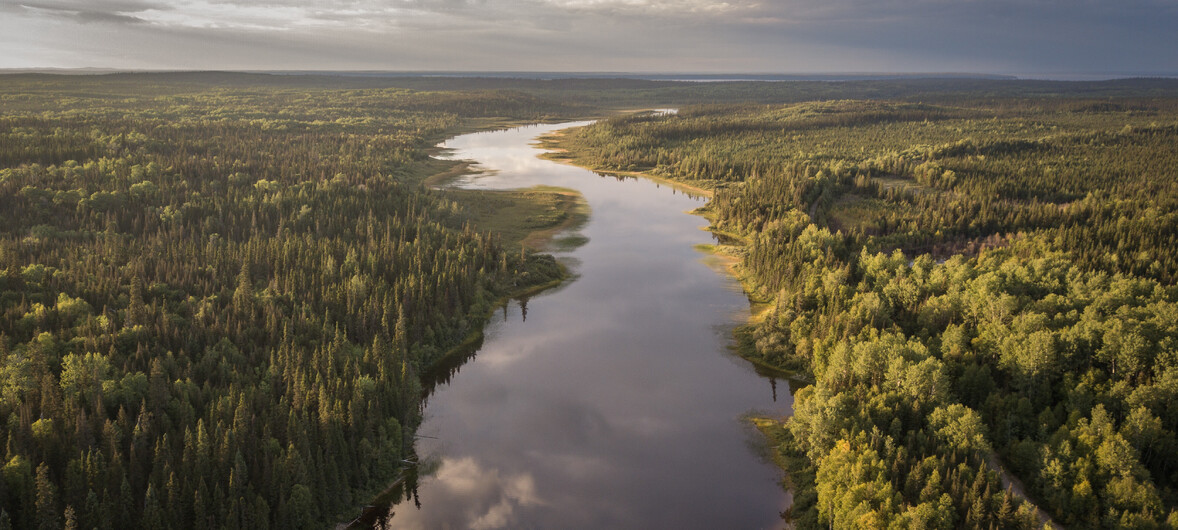
On the Billy Diamond Highway: Journey to the heart of vastness
The new 2024-2025 tourist guide is finally here! Order your copy or download it!
Text by Simon Jodoin:
It all started with a dinner with friends where we mused about taking a road trip before the end of the summer to mushroom-picking and discover new landscapes. Hit the road? Take in the sights? As it happened, I'd been meaning to get up to James Bay for quite some time! Like so many vague projects we believe we may one day achieve, musing about this journey could've been the end of it. This time, however, it was different. The following day, we went online to organize our getaway; and the day after that, we marked off a week's holiday on our calendars. We'd heard the call of the Billy Diamond Highway and we were powerless to resist it. A month later, we left Montréal, heading for Chisasibi.
To start our journey on the right foot, we decide to stop in Matagami for the night, near “Kilometre Zero,” where the famous road leading north of the 53rd parallel officially begins. On the banks of the Bell River lies Gîte de la Belle Rivière, an inn recently acquired by Nathalie Pomerleau. As soon as the first rays of sunlight break through the morning mist, she begins to prepare breakfast. The new innkeeper, a local girl, has spent her whole life working below ground in the mines, as a supervisor. Now, she looks after her visitors' comfort with unrivalled poise. In a way, her inn is a way station for dozens of tourists and workers who travel to and from the North.
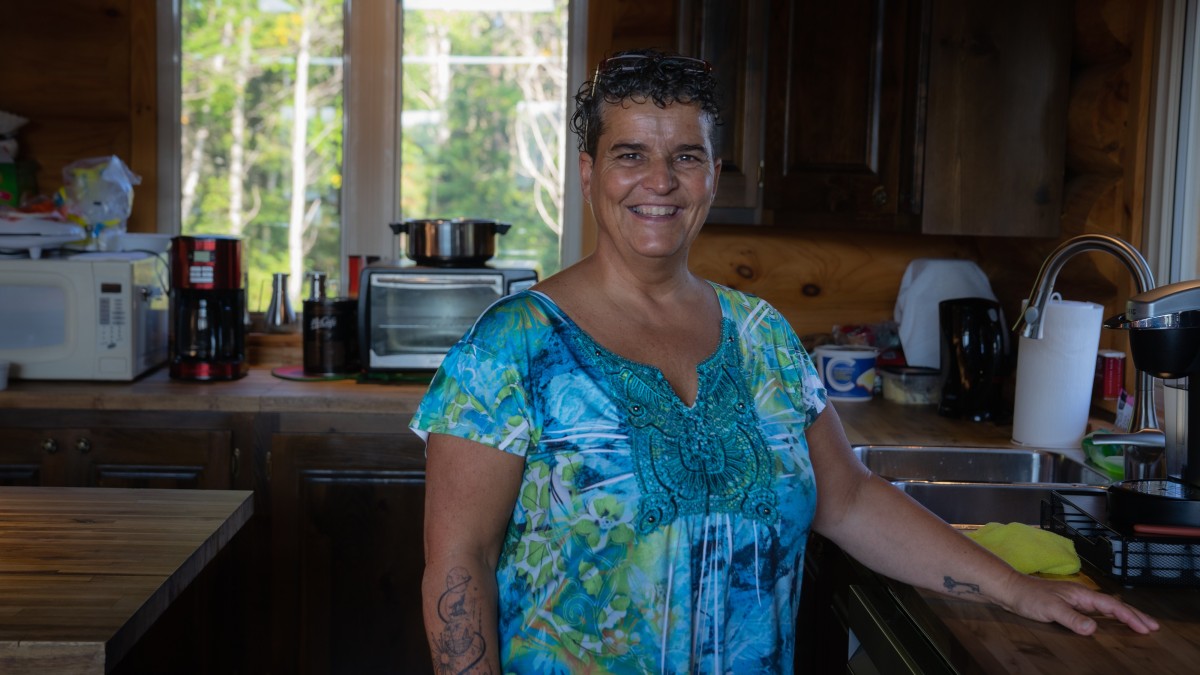
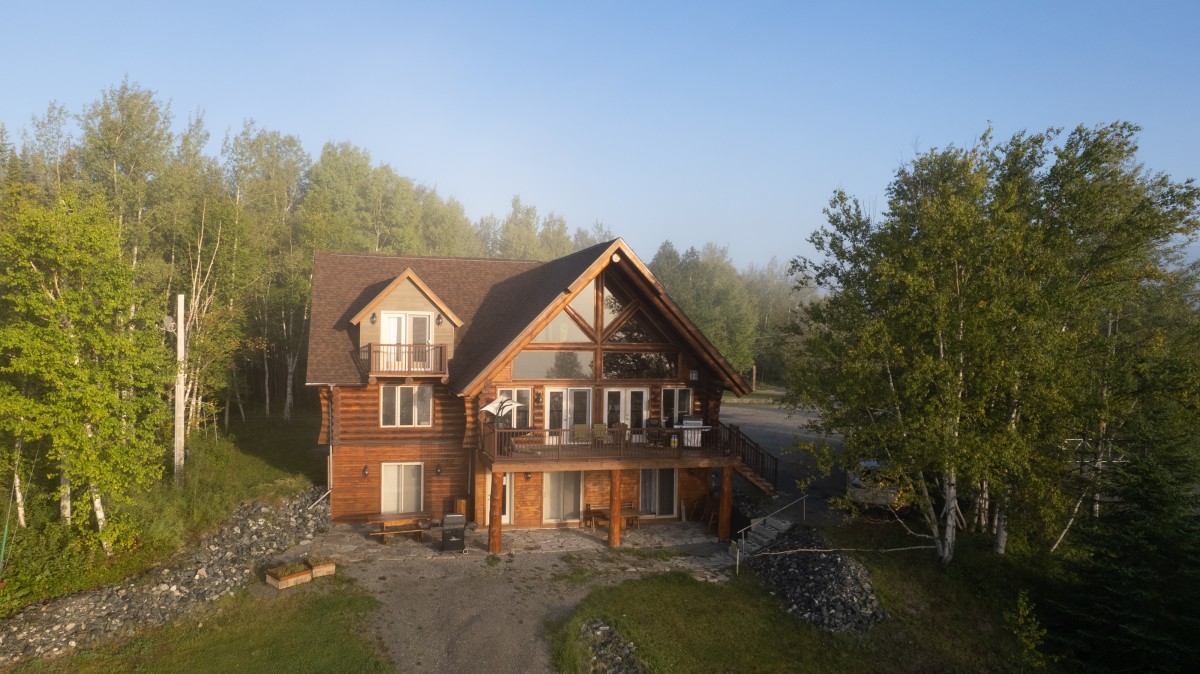
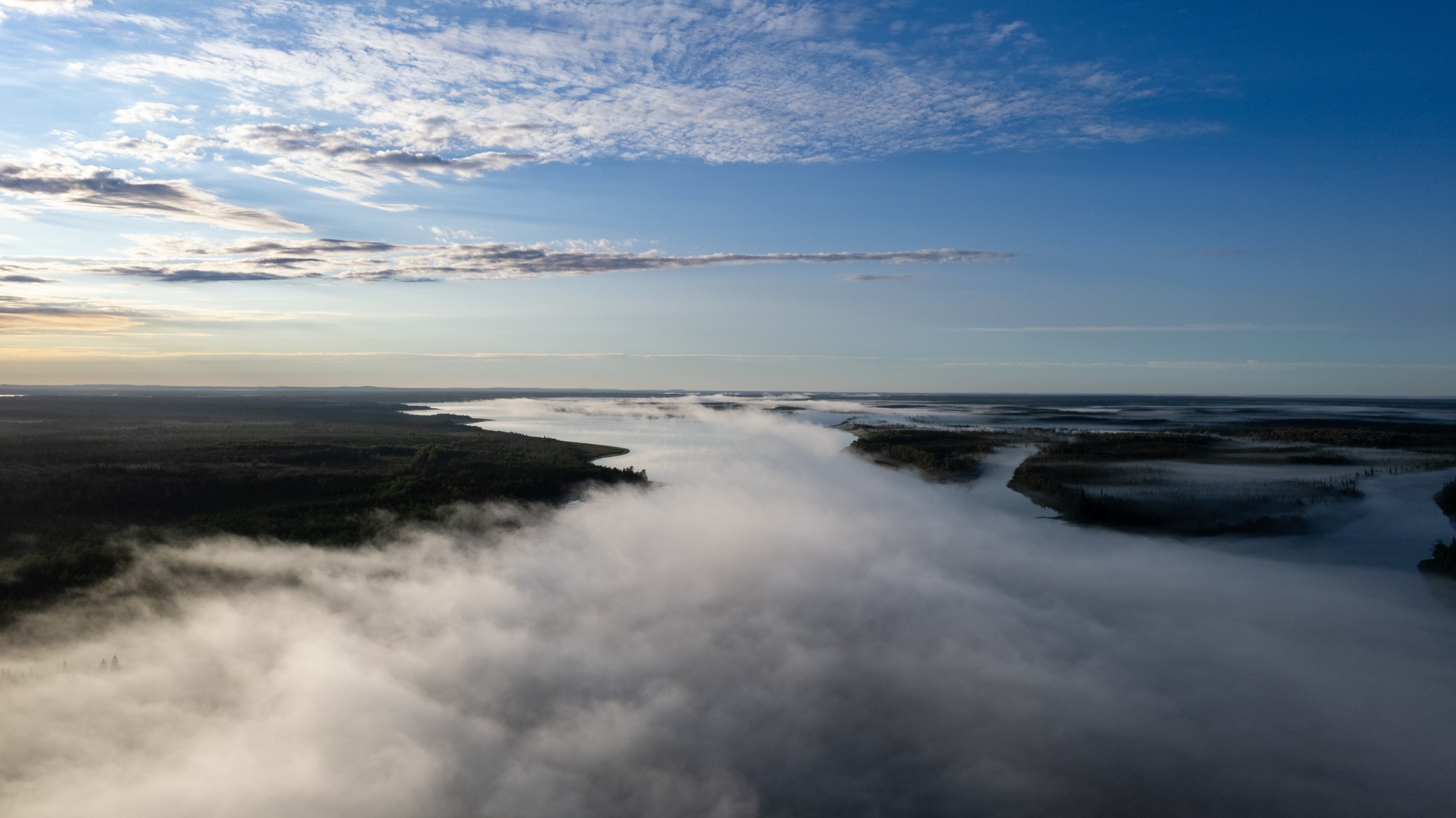
To explore the Billy Diamond Highway properly, you need to set off early from Matagami. Lazing in bed all morning is not an option. We have so many kilometres to cover before we reach a place where we can set our bags down - and so many things to see on the way. If something unexpected should happen, best to have plenty of time on our hands to deal with it.
That's why we get up at dawn and go to the gatehouse to register at the tourism office. Even at this early stage of our journey, there's a kind of initiation ritual that is part of the experience - a definite moment of passage. We make sure to pick up a road map that features stops and places of interest indicated by kilometre markers. We also get hold of another document that describes the facilities available at each rest stop - it's sure to come in handy.
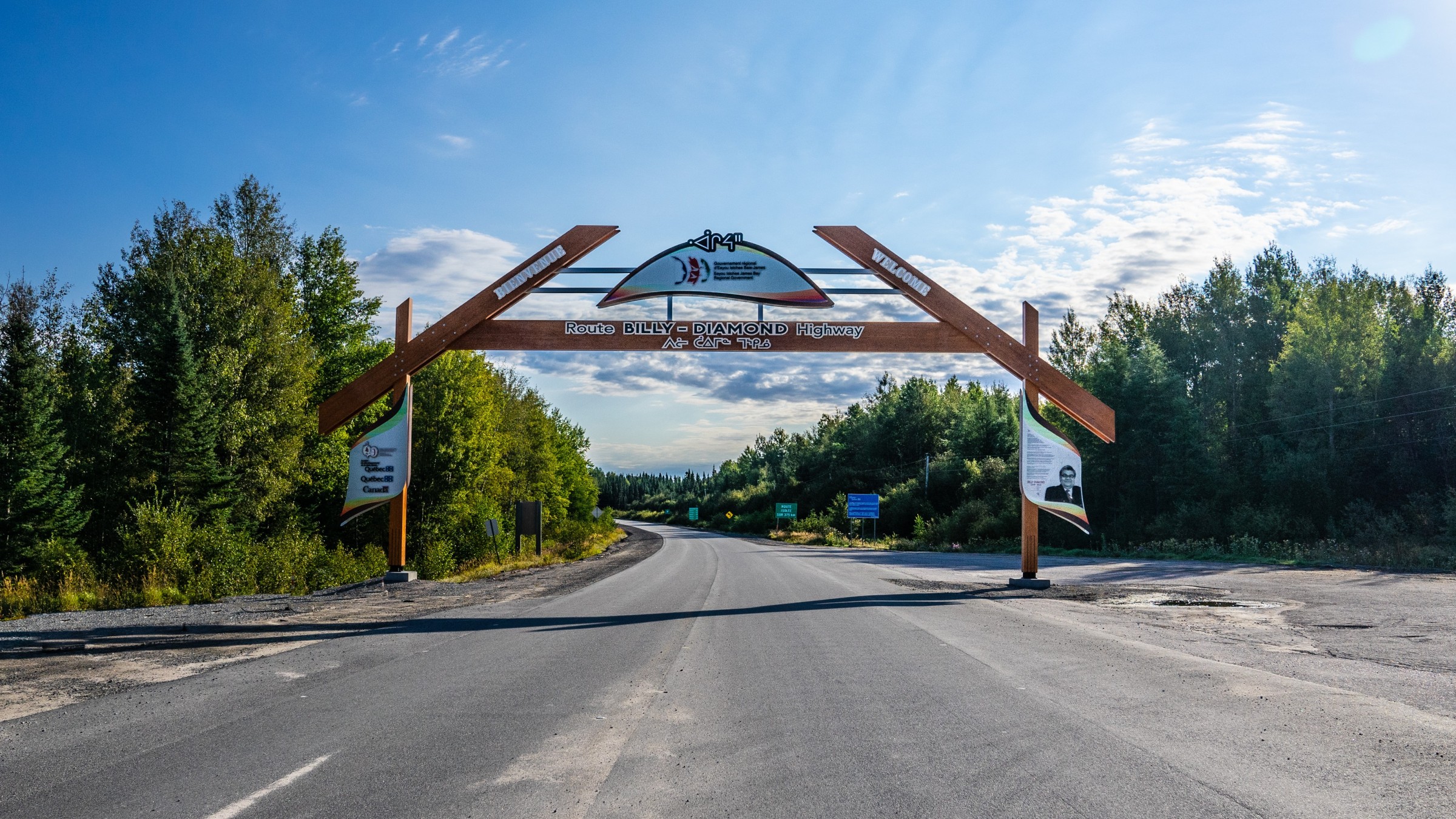
In the morning light, we begin our slow ascent on the way to Kilometre 581, where we plan to stop and say hello to Sylvain Paquin, a friendly outdoorsman we've promised to visit.
The road is smooth and welcoming. The farther the town of Matagami recedes behind us, the more fully we realize the vastness of the land into which we are plunging. The Billy Diamond Highway is what is known as an “isolated road.” What this means is that we won't come across a single village or, apart from the truck stop at Kilometre 381 where we can refuel and stock up on basic foodstuffs, service stops along the way. Nor is there cellular signal or data connection. For peace of mind, however, we did rent a satellite phone for the week to use in the event of an emergency.
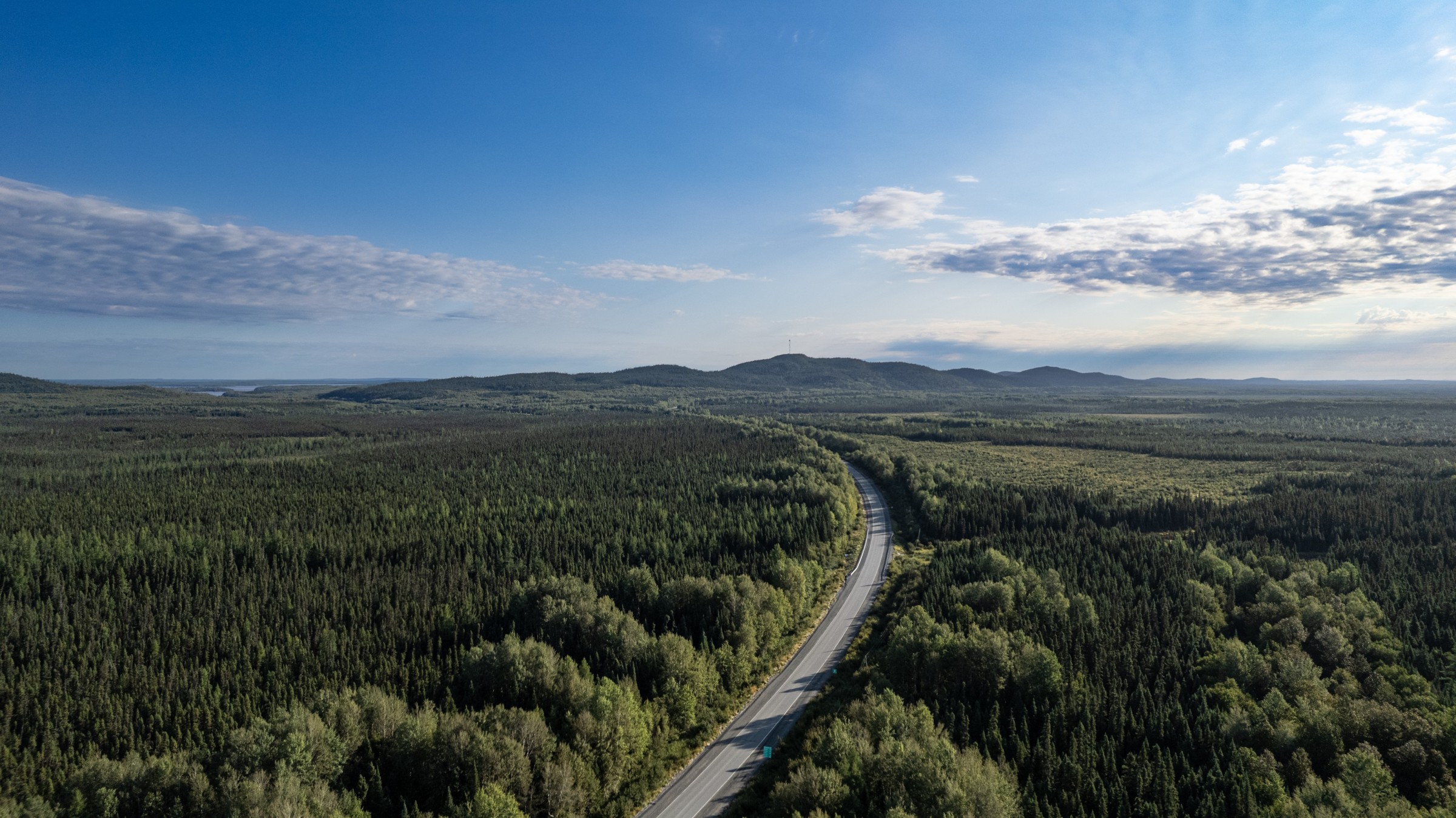
In spite of our feelings of remoteness and loneliness, the rest stops are so well-equipped and located in such gorgeous settings that we truly feel as if we're being looked after. As an added bonus, some stops provide rustic camping grounds. As soon as we take our first break on the shores of Lake Ouescapis (at Kilometre 80), we come across campers packing up their tents as they prepare to head back south. Remote though it may be, this amazing road is dotted with some of the most beautiful roadside stops in Québec, including Kilometre 257 on the banks of the Rupert River and Kilometre 395, where you cross the Eastmain River. We stop there for a rest but mainly to take in the landscape and greet other travellers. It seems quite natural to exchange a few words with them and find out where they've come from and where they're going.
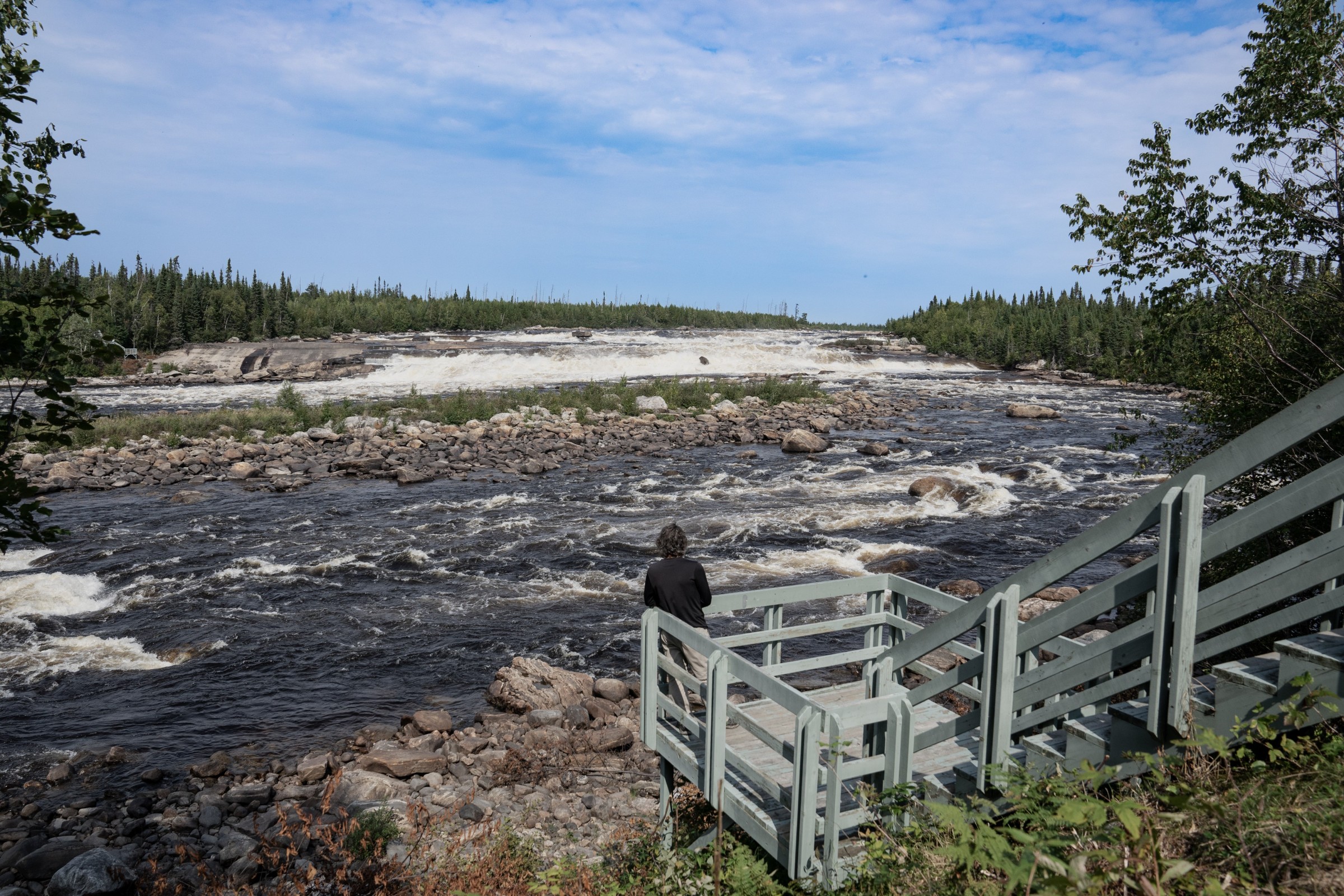
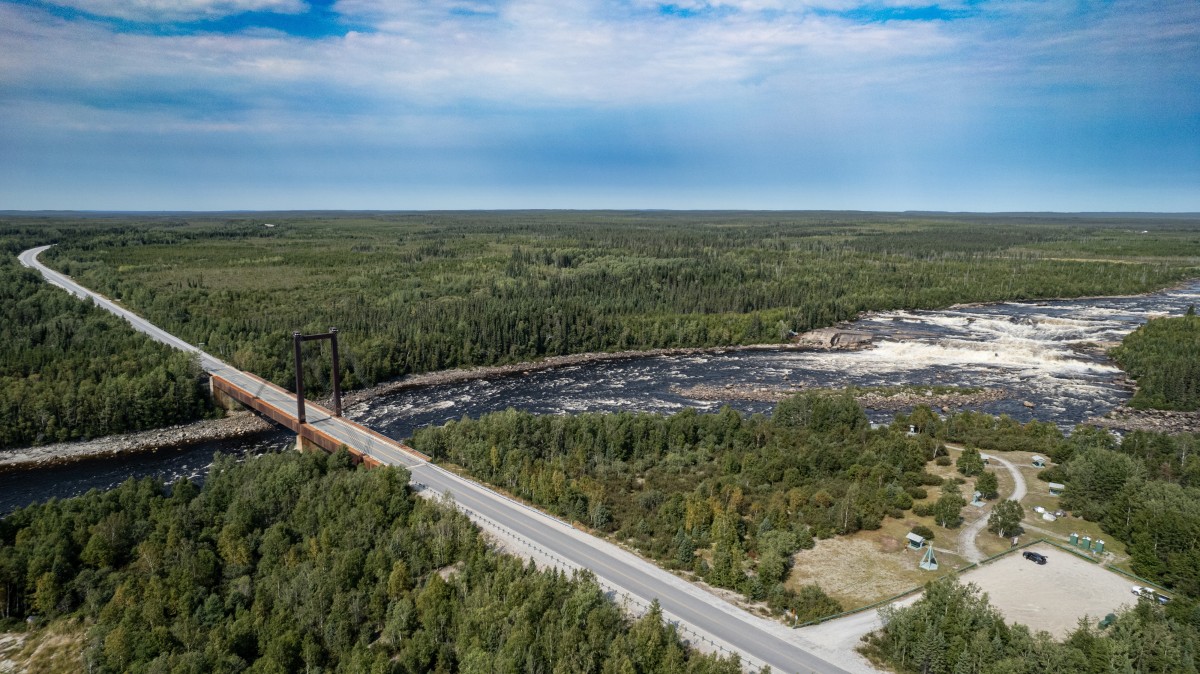
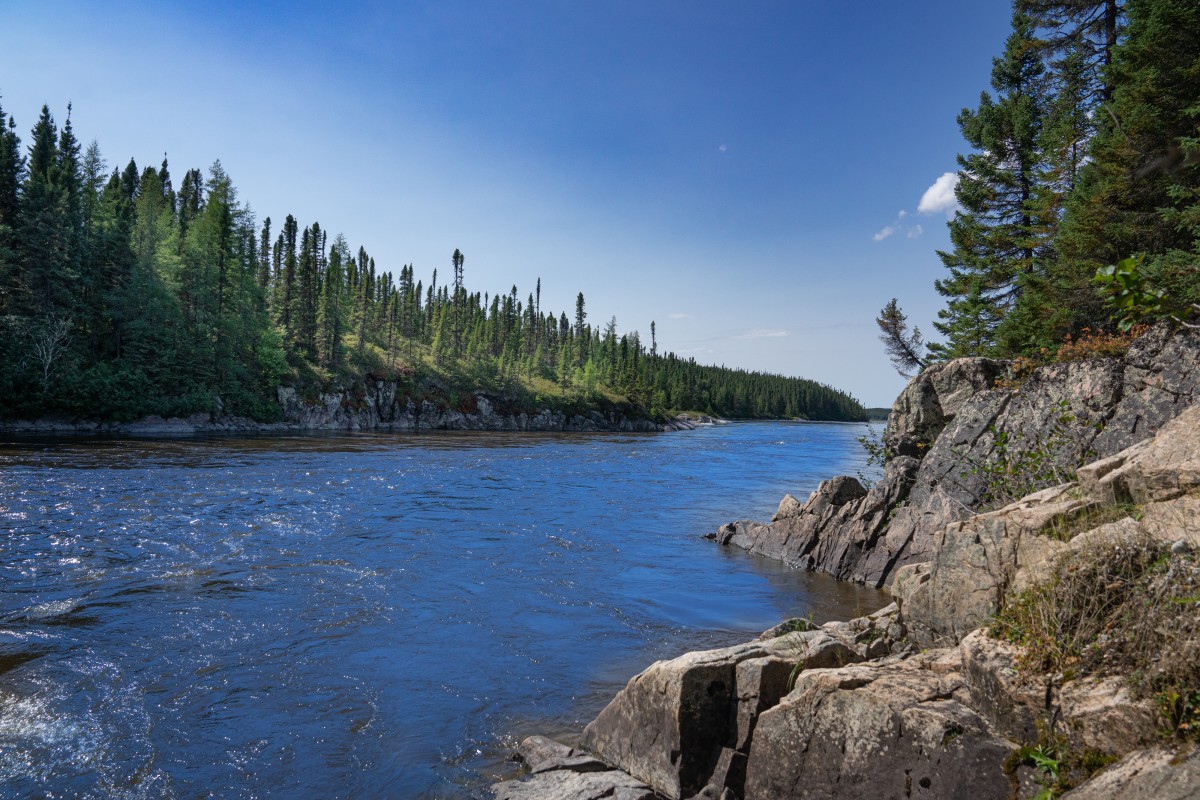
As planned, on the wake of a splendid day's ride, we meet up with Sylvain Paquin at Kilometre 581. This friendly fellow, a modern-day hermit, friend of wolves and bears, and keen observer of matsutake mushrooms, lives alone in a self-contained cottage some forty kilometres south of Radisson. Sylvain came here more than twenty years ago to visit a friend - and has never left. He found a home at the old pine camp located on a trapline belonging to the Cox family, who are Chisasibi Cree and with whom he has forged a fraternal bond. Since then, he has surveyed every inch of land in the area, which he knows by heart. He has even given names to the wolves he observes and photographs.
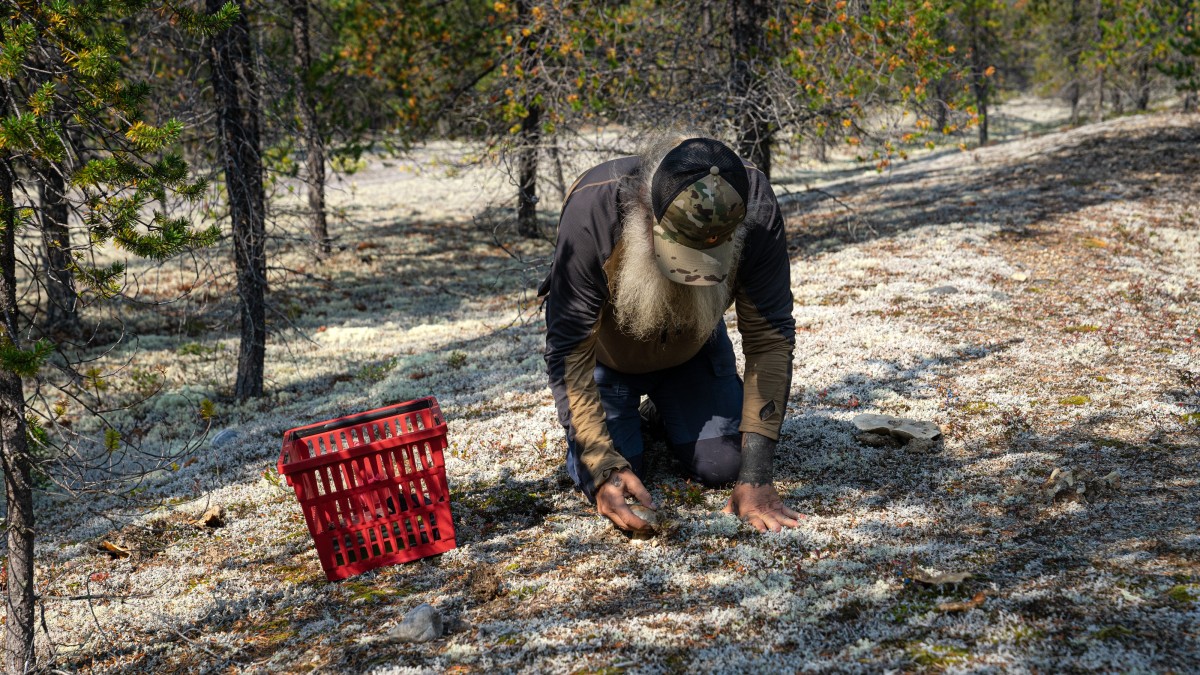
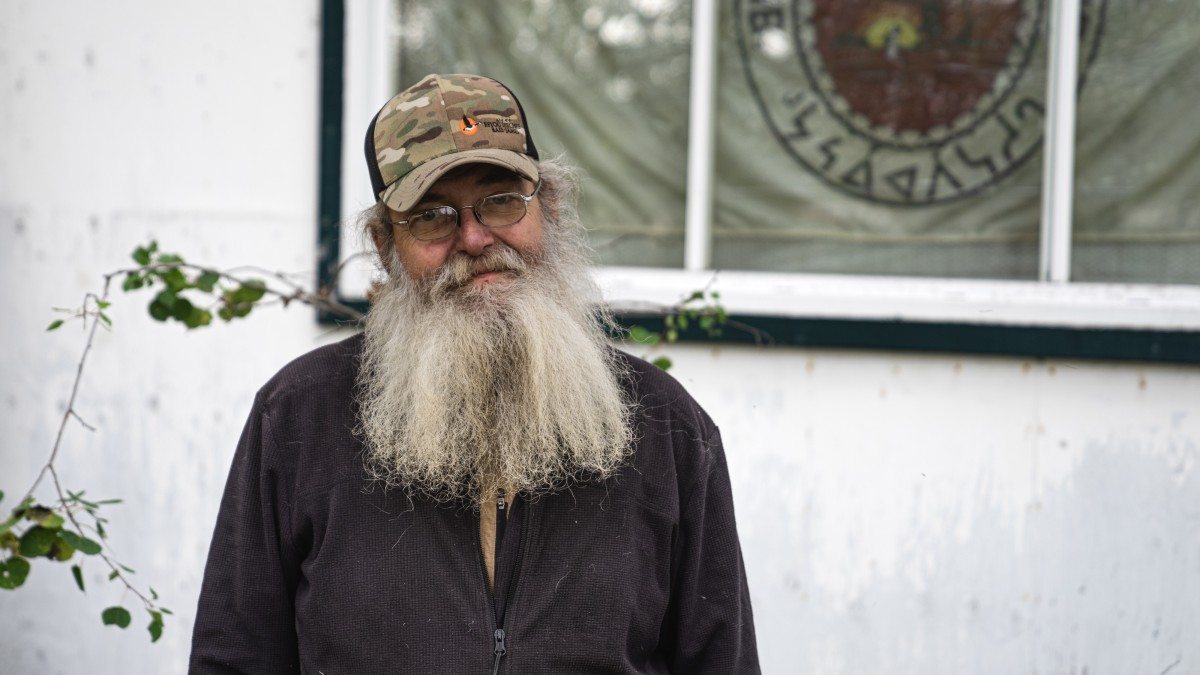
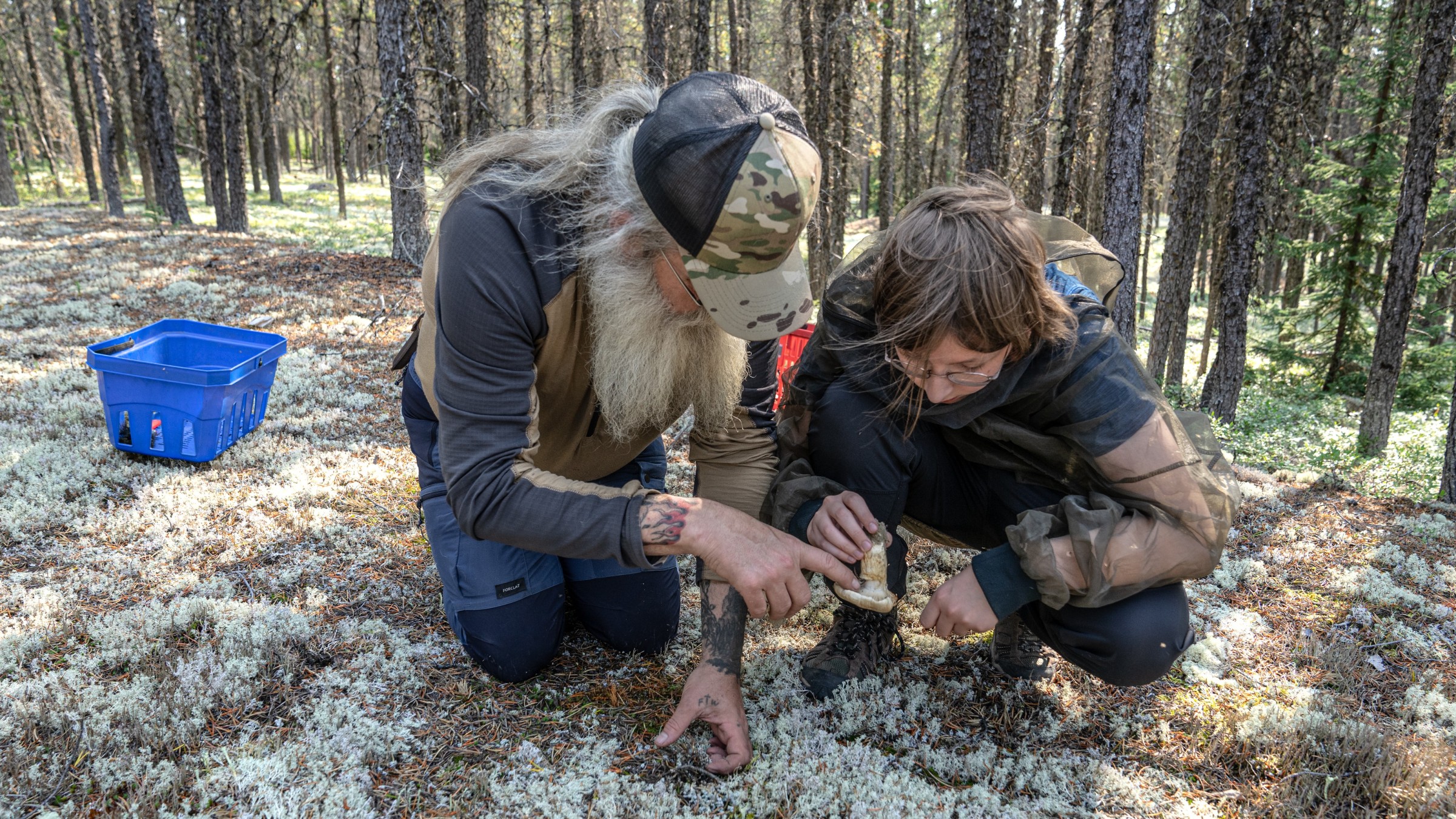
After two days of exploring the woods, we take leave of Sylvain in the morning and continue our journey to Chisasibi.
We'd planned a detour to tour the famed Robert-Bourassa hydroelectric complex, Québec's monumental engineering achievement. Of course, we knew about it and we'd been told that it was gigantic, but you really have to see it to believe it. There are plenty of instances during our journey when the vastness of the region makes us feel small. But here, we feel tiny. Everything seems outsized, from the spillway known as “the Giant's Staircase” to the reservoir that looks like an inland sea.
When we visited, the season for touring the inside of the hydroelectric plant was already past. It's possible, however, to make an appointment for a tour, subject to the site managers' availability. In all cases, in high and low season both, you must book in advance. In any event, by simply walking around the site, you can fully appreciate what a stunning technological achievement this facility is. We spend several hours there before getting back on the road.
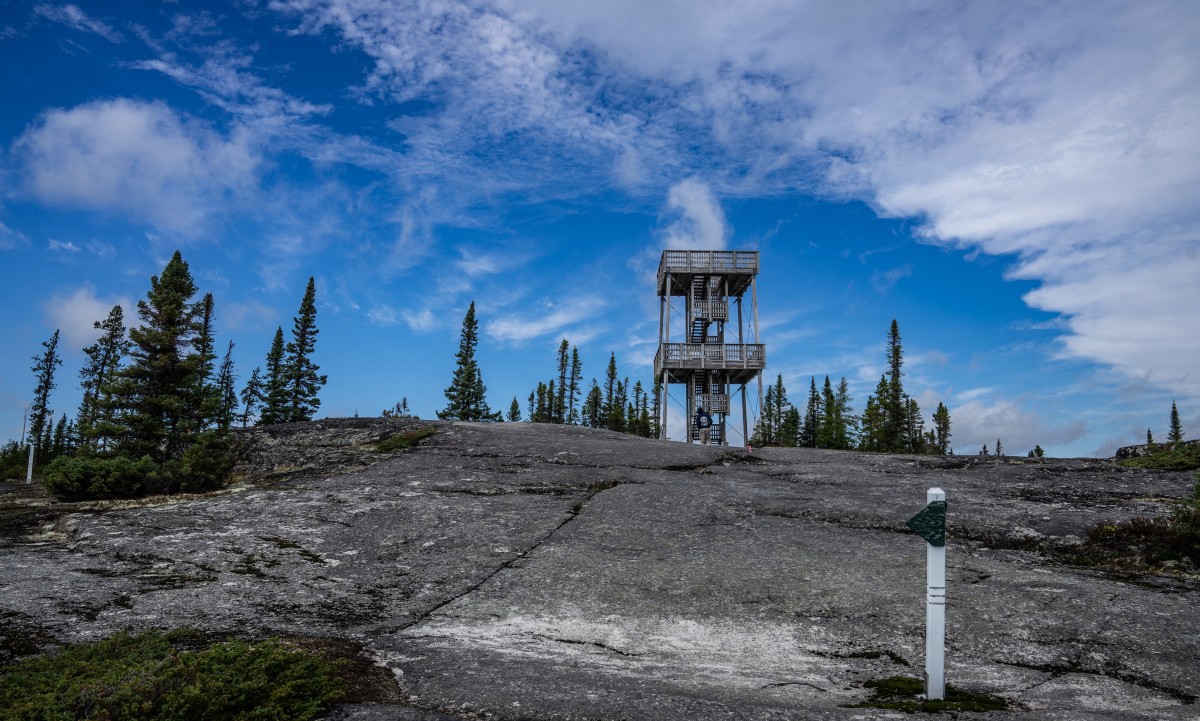
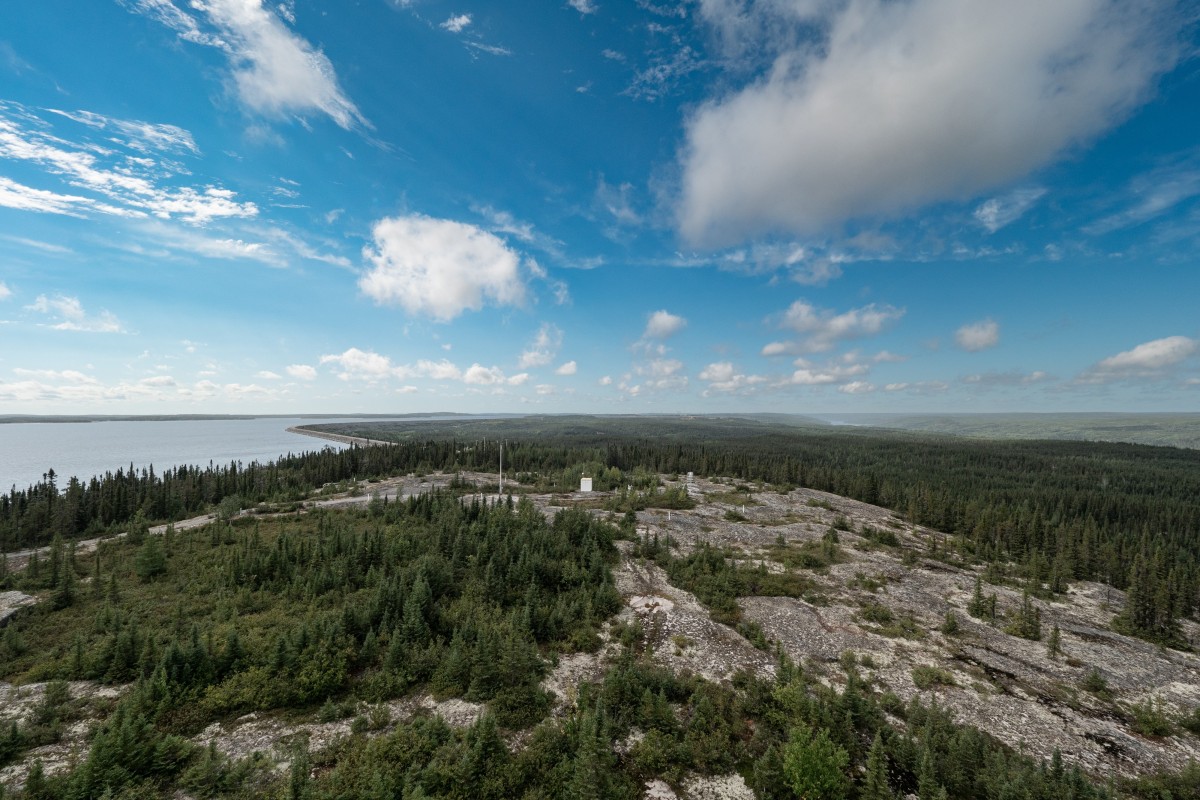
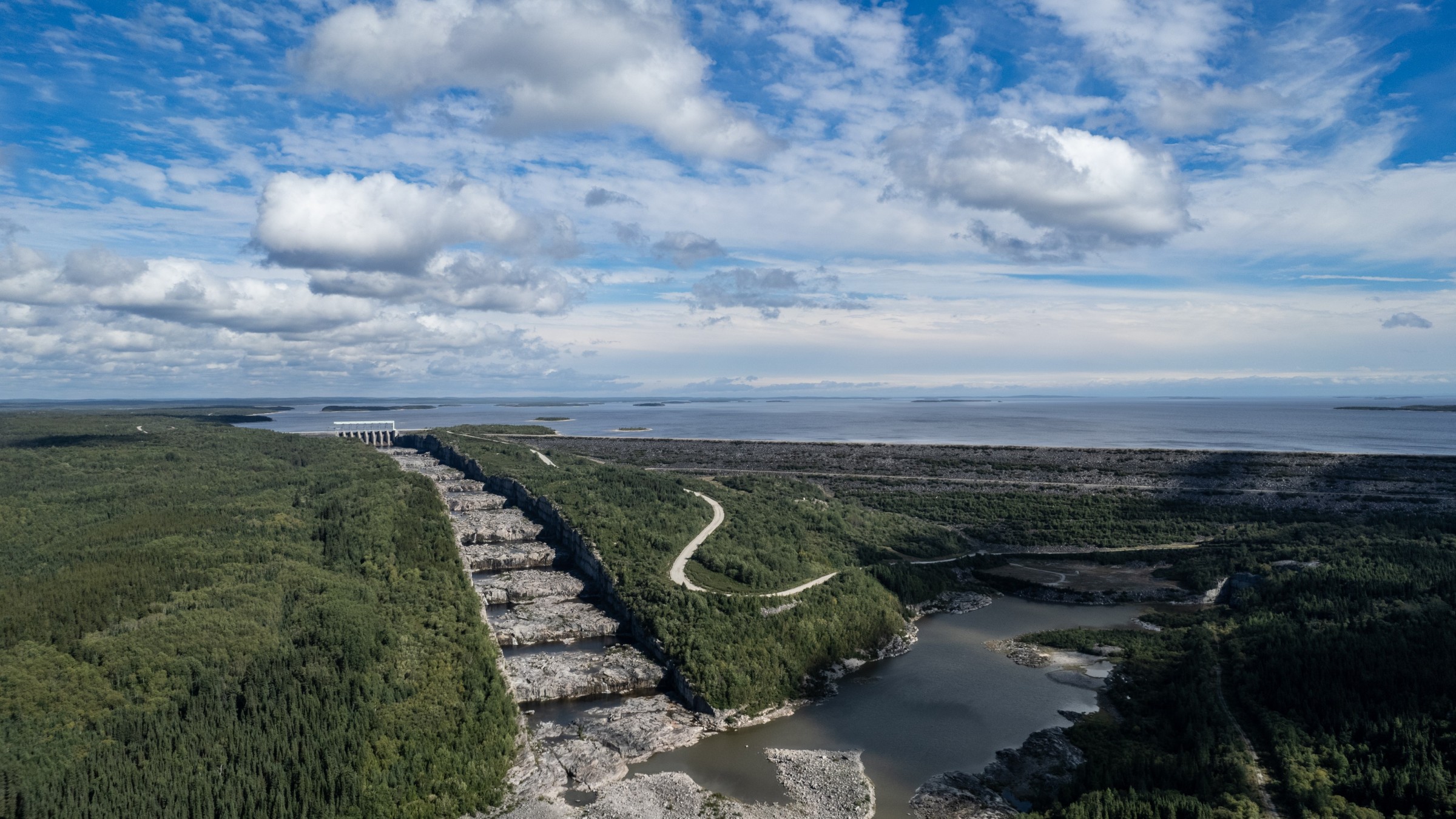
Over the course of the hundred or so kilometres that separate Radisson and Chisasibi, we drive slowly. As we arrive at the Maanitaaukimikw Inn, on the banks of the La Grande River, where we'd booked accommodations for two nights, I was filled with a pleasant feeling of exoticism. Following a brief and friendly chat with Gregg Kanatewat, our host who'd come to make sure we were comfortable, we were eager to go and explore the area.
Chisasibi is northern Québec's most populated community after Chibougamau. It's also the region's most remote town that can be accessed by road. Though we are still in Québec, we are now clearly in the home of the Cree and feel somewhat like foreigners. The street names, the writing on road signs, and the layout of the place leave no room for doubt: this is a culture that is unknown to us, but which humbly invites discovery.
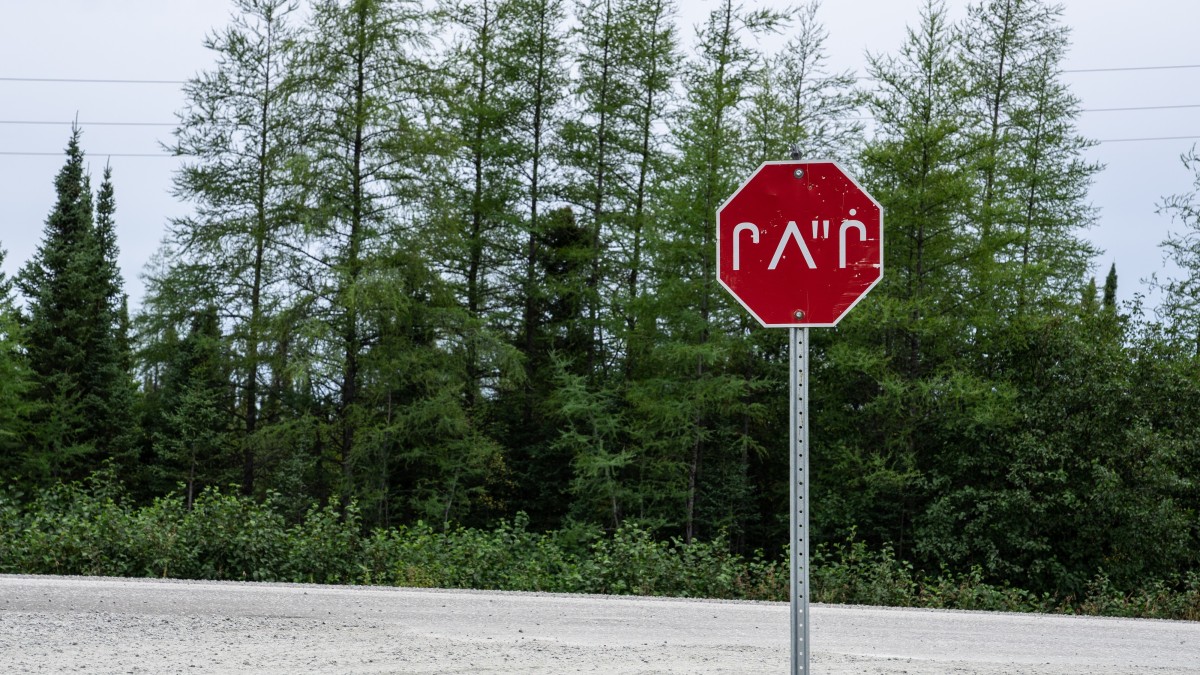
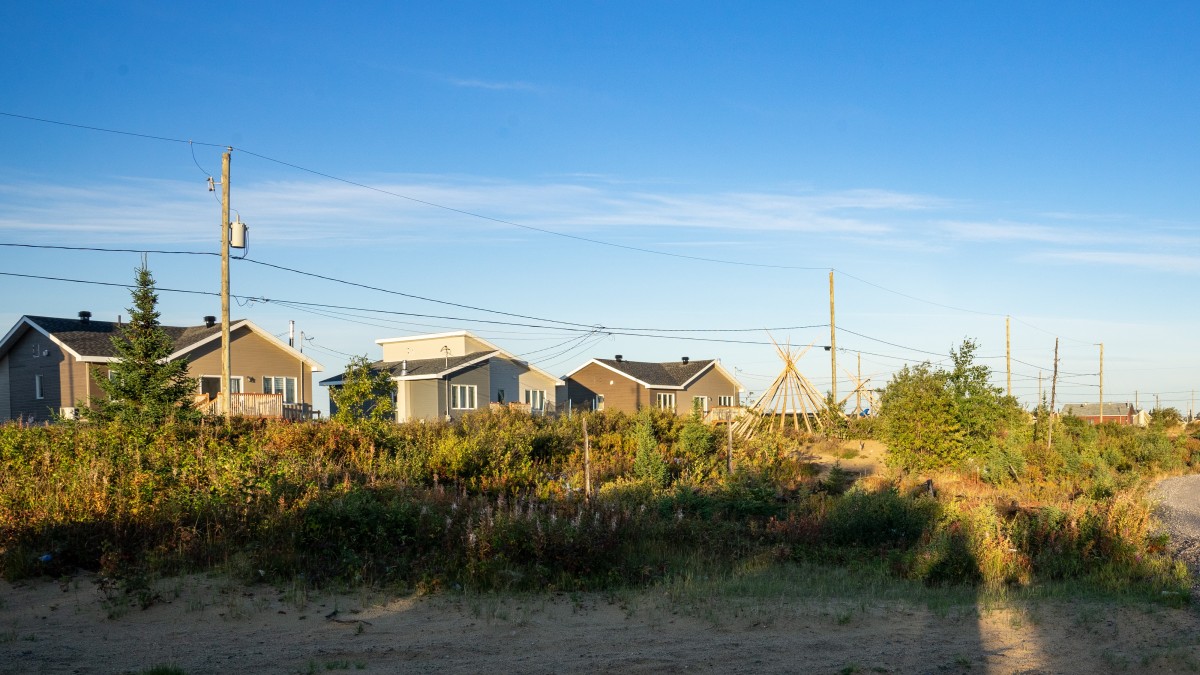
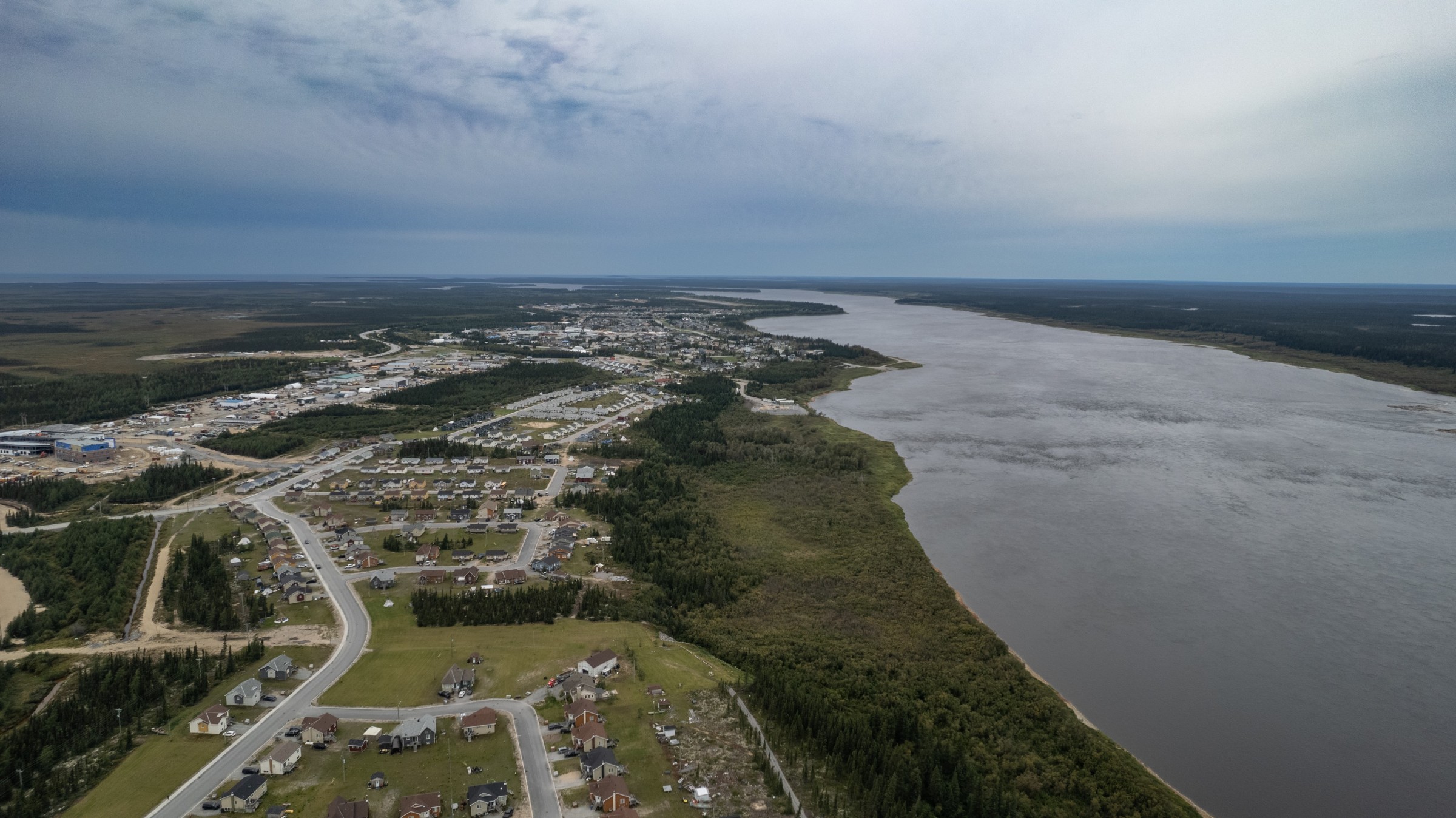
To break the ice, the Chisasibi Heritage and Cultural Centre plays a welcoming role. As a conversation and conservation space, this museum serves as an anchor for the community and a gateway for visitors. Getting to know this community and its culture is also a humbling experience. The more we learn, the more we understand how much more there is to learn. These initial steps show us that the path to reconciliation with First Nations peoples is a long one, and that we must move along this path slowly and take our time. There is no need to hurry.

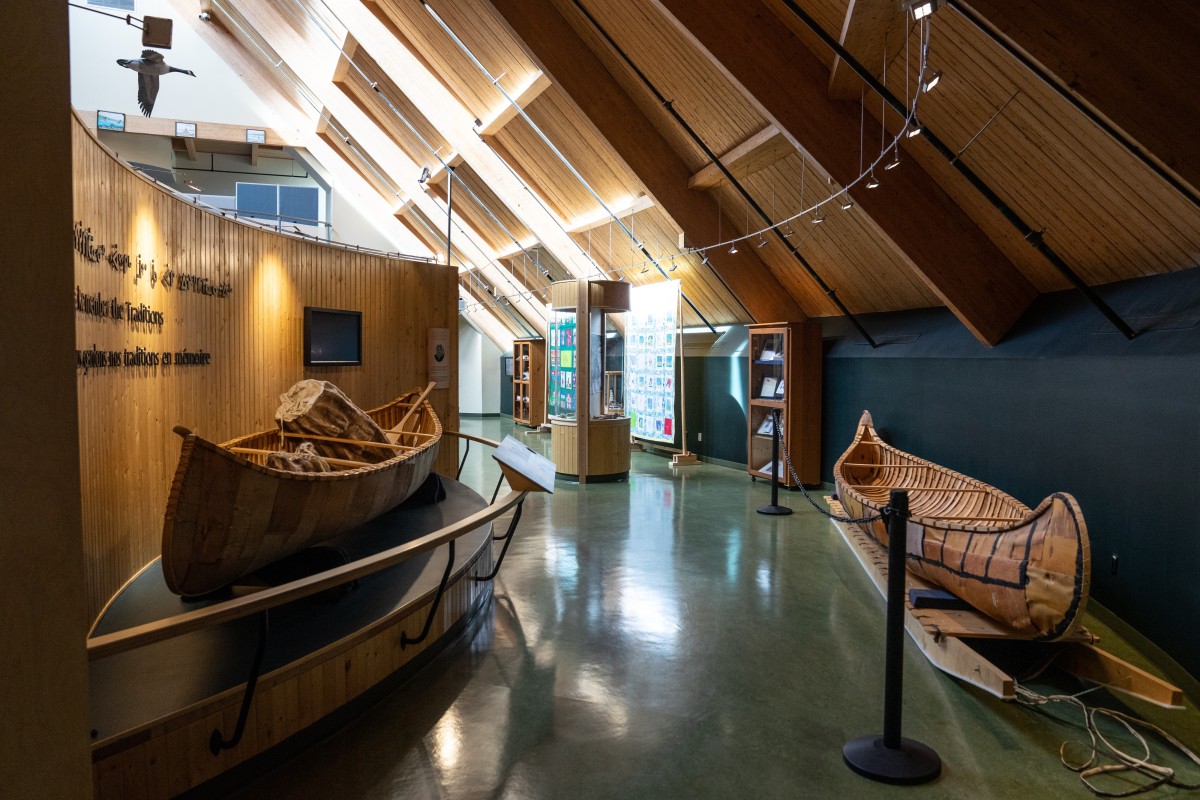
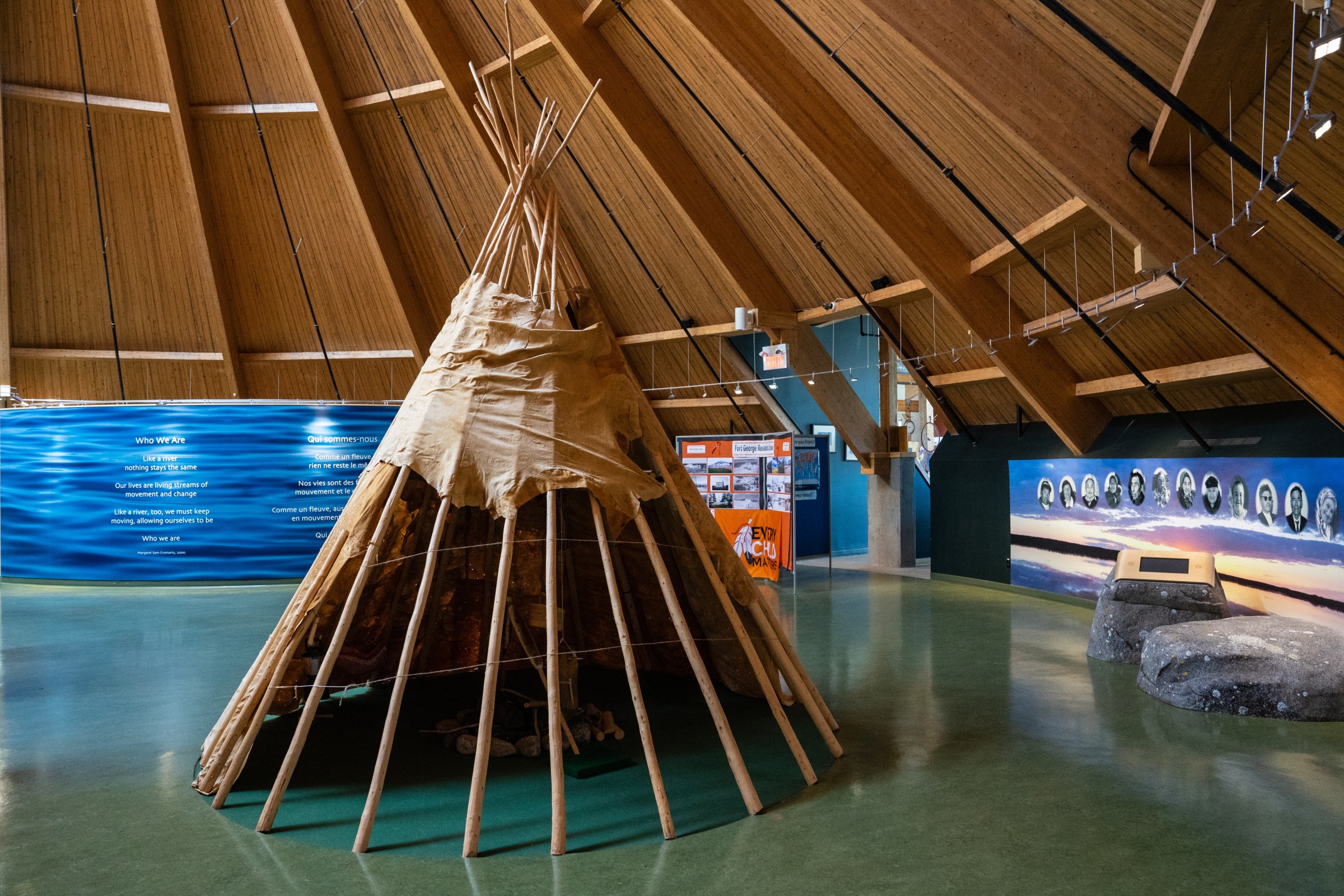
As we reflect on how far we still have to go to understand each other's culture better, we set off for the shores of James Bay, located twenty kilometres from Chisasibi, where the setting sun puts on a dazzling show for us. This is as far as we can go, standing on the edge of the world where the fabulous sky, alive with distant storms and colourful clouds, provided yet another humbling experience. How small we are in this immense landscape!
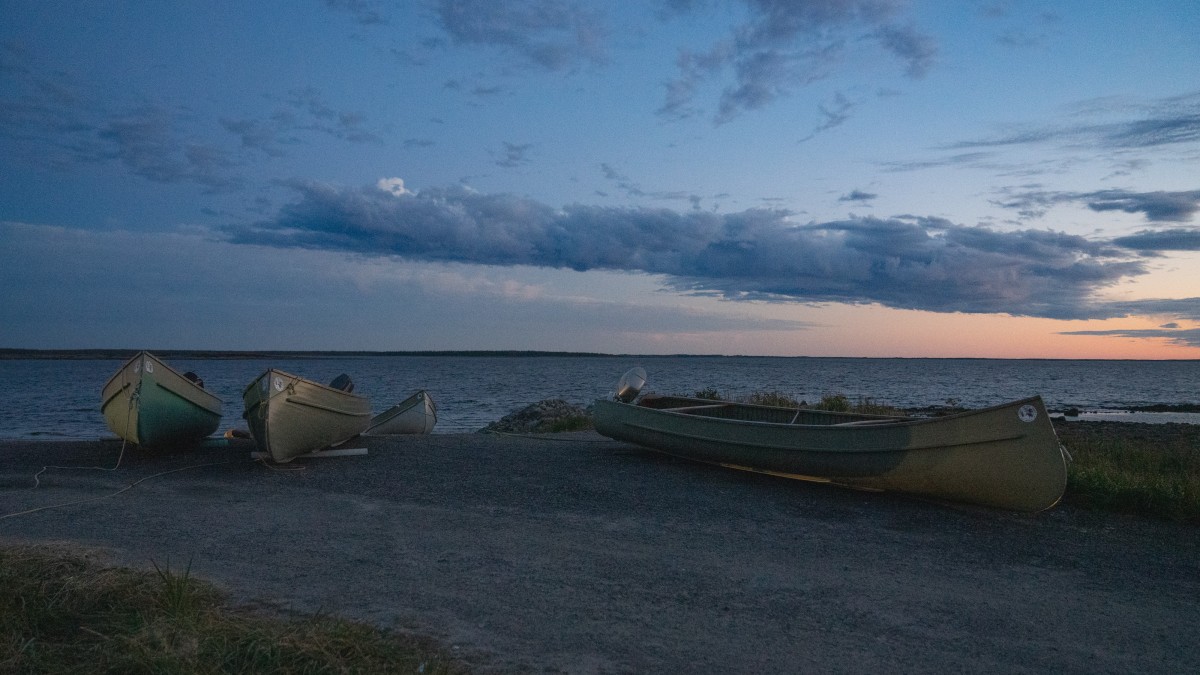
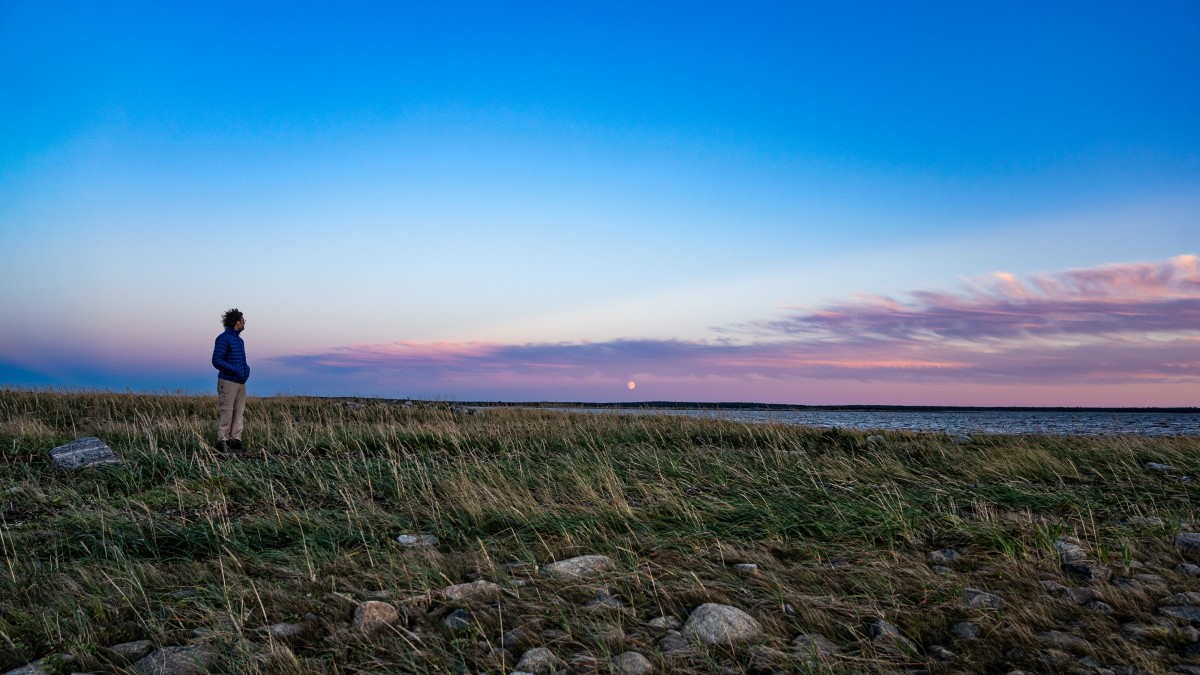
In essence, this is where our adventure begins. As we watch the sun set over James Bay, we realize we haven't yet reached our destination. It would probably take us several weeks to explore this immense realm in depth - we've barely scratched the surface. As we get back on the Billy Diamond Highway, heading south for the return journey, we're sure of one thing: this first experience is an invitation that inspires a pledge: to come back one day and take our exploration even further.
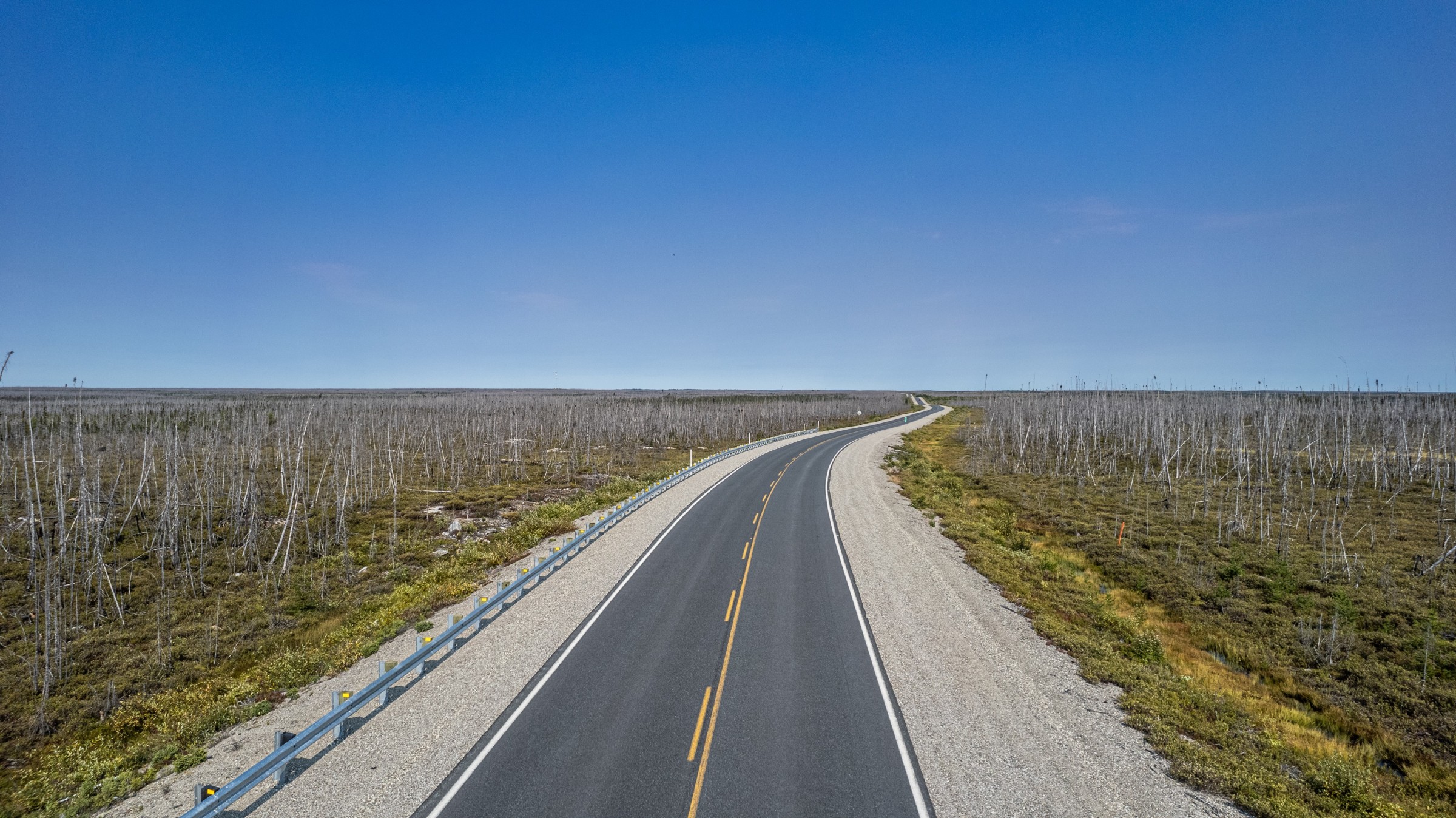
SOME ADVICE BEFORE SETTING OFF ON YOUR ADVENTURE
Even if you don't plan to go camping, take along what you need to be self-sufficient and comfortable for an extended period in the event of a problem, including a sleeping bag, stove, candles, lighters, food bowl, first-aid kit, and insect repellent.
Don't set off without planning your trip and stay. Book your lodgings and tours in advance and let people know you'll be arriving. For Chisasibi and other Cree communities, be sure to contact tourism officials for advice and information.
Take along warm and weather-appropriate clothing. Travelling north doesn't necessarily mean it'll be cold, but as in any place else, the weather may surprise you. The difference here is that you won't come across shops to help you out.
Between Matagami and Radisson, there is no cellphone coverage. A public wi-fi network is accessible at the truck stop at Kilometre 381. To find your way around, use an application such as map.me, from which you can download maps beforehand. Thanks to these maps, you can locate your position with your phone's GPS signal, even without a data connection.
If the GPS suggests you take a forest road, disregard it and stay on the paved road. There is only one road, the Billy Diamond Highway, which you must stay on at all times.
Take along plenty of water and food so as to self-sufficient. There are grocery shops in Matagami, Radisson, and Chisasibi, but none in between, with the exception of a few basic goods at the Kilometre 381 truck stop.
Make sure your vehicle is in good condition and, if possible, carry a real spare tire, mounted on a proper rim, not just a spare wheel. The road is well-paved and offers a comfortable ride. It's as safe here as anywhere else in Québec. It's just that in this part of the country, you don't have the option of stopping at the garage in the next village.
Refuel wherever you can.
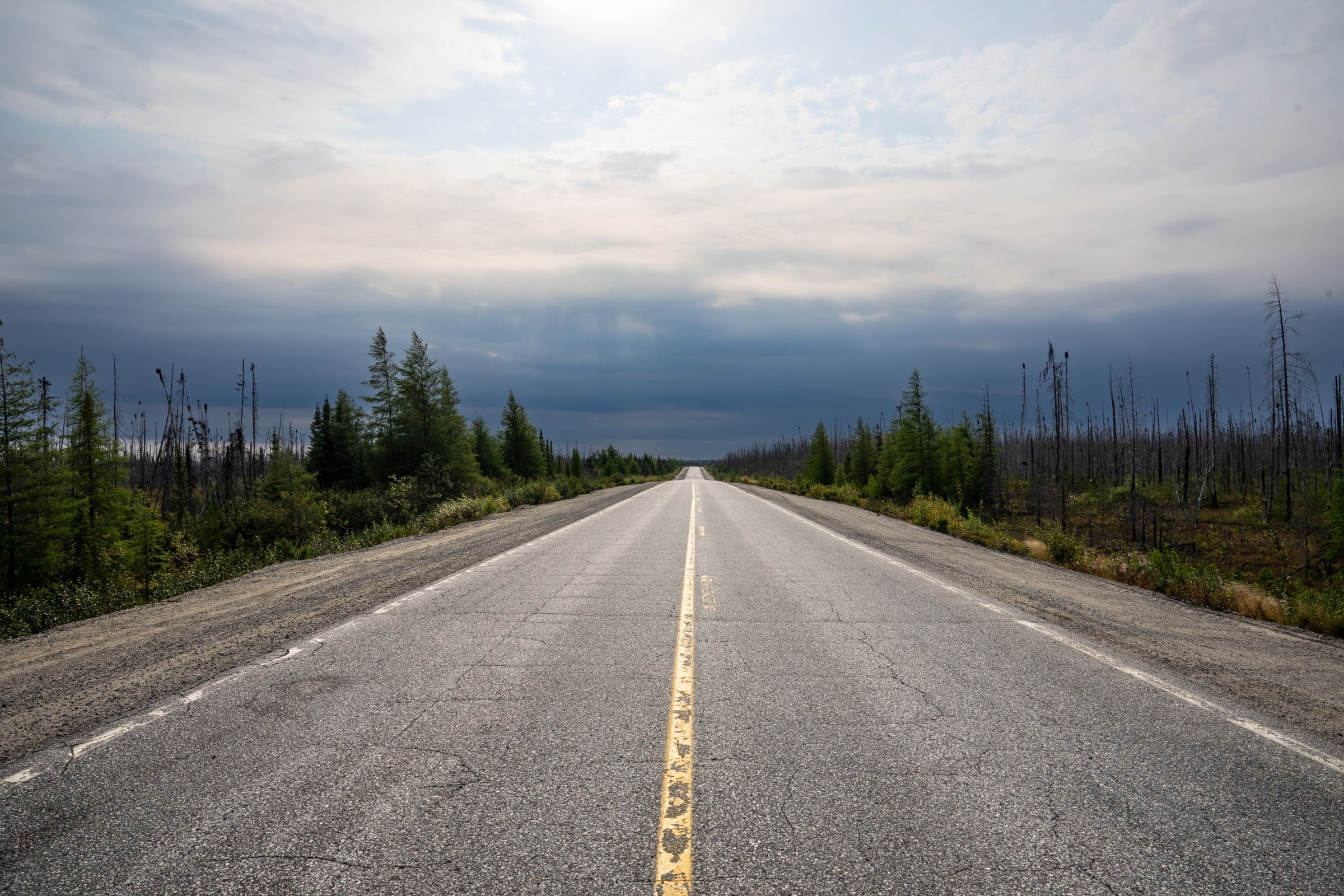
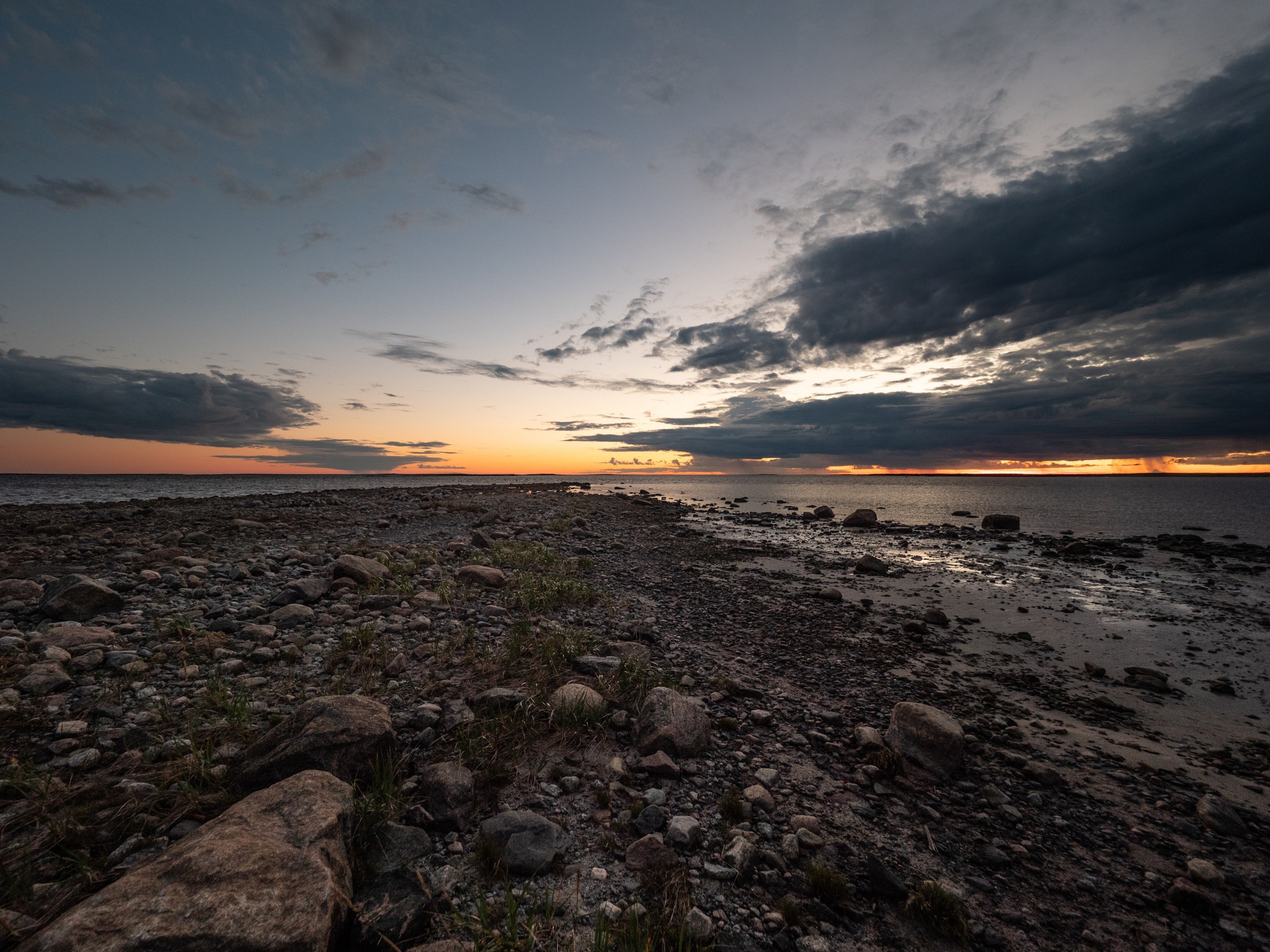
News
5 Reasons to Visit Eeyou Istchee Baie-James this summer!
Wednesday, April 17, 2024
Conquering the Trails: Snowmobiling and Relaxation at Hôtel Chibougamau
Wednesday, November 29, 2023
Snowmobiling in Eeyou Istchee Baie-James: A Great Escape
Wednesday, November 29, 2023
Mr. Sansflamme: Four surprising facts about responsible tourism
Friday, August 18, 2023
Getting around during fires: What to do and how to act
Thursday, July 27, 2023
Mr. Sansflamme explains forest fires
Wednesday, July 12, 2023